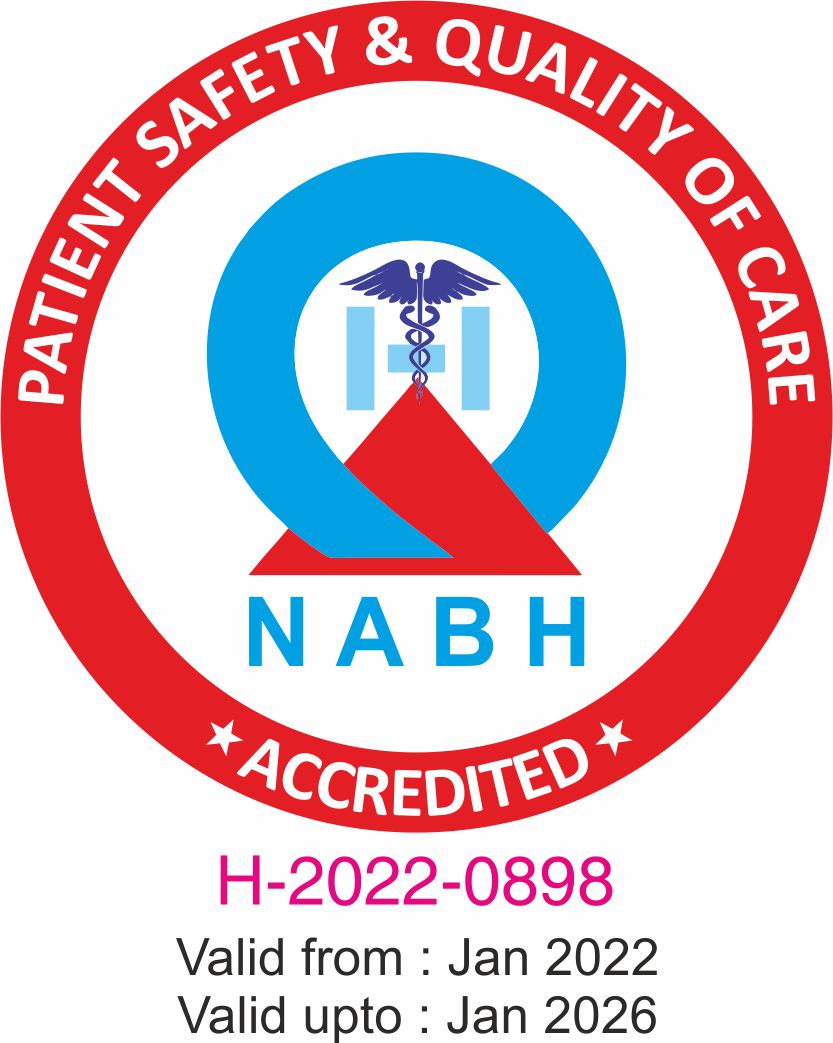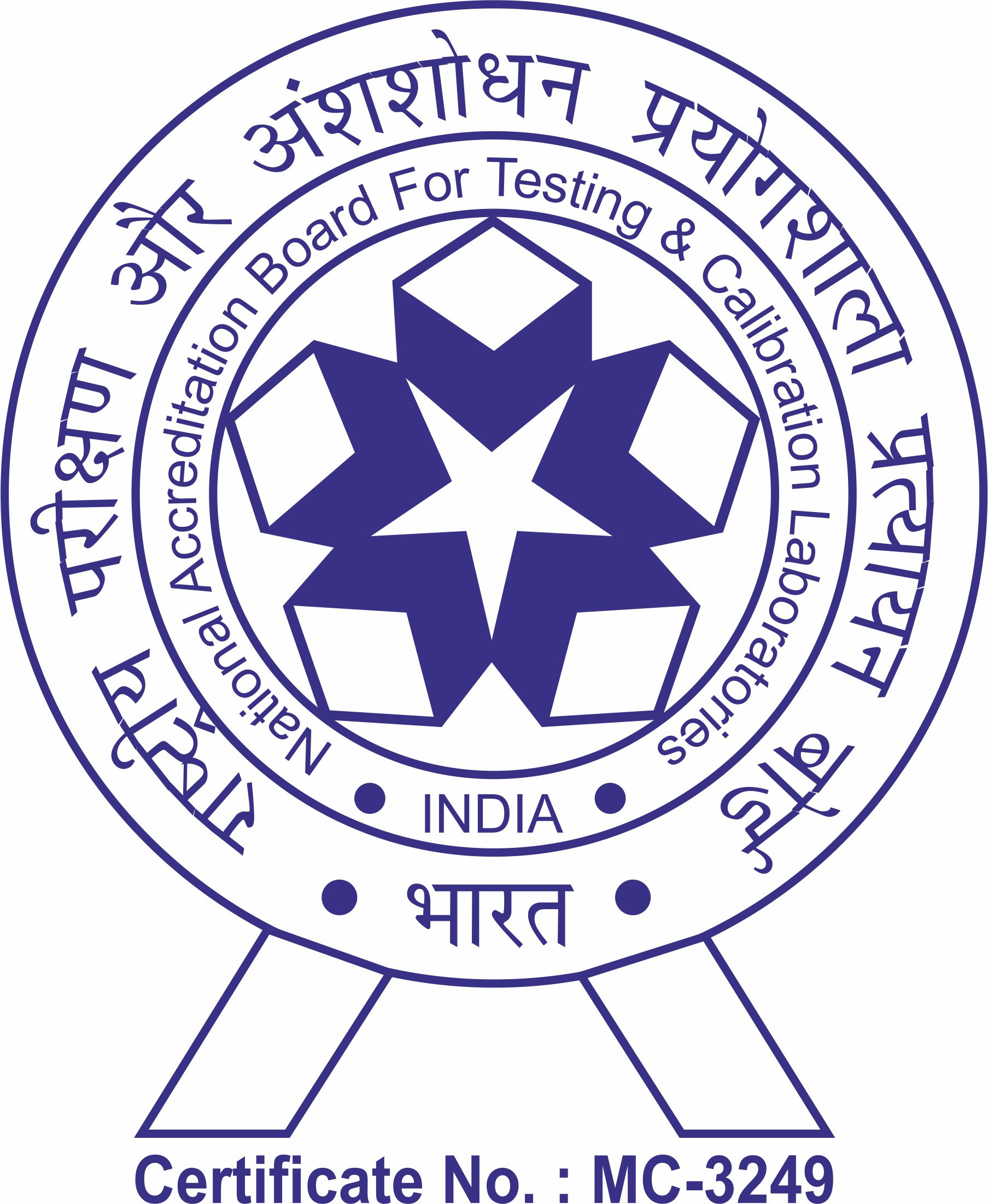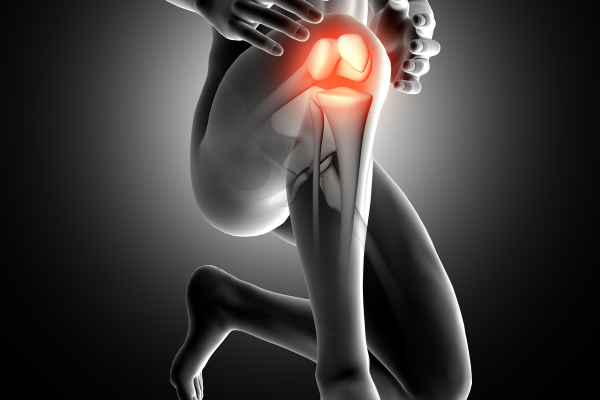Has it become hard for you to perform simple activities like walking, climbing stairs? Have medications and walking supports ceased helping in your day to day activities?
Your state of pain can only be cured through a knee replacement surgery. At Shree Aggarsain International Hospital we believe in giving our patients world-class treatment. Our experienced doctors help all the patients walk without support after the surgery. People have trusted us for long with all their surgeries because of our 100% transparent procedures.
Here we have provided all the trivial details of a Total Knee Replacement Surgery.
WHAT IS KNEE REPLACEMENT SURGERY?
A knee replacement is a surgery which replaces damaged and worn parts of the knee joint with a prosthesis made of metal and plastic parts. Each patient’s knee condition is different from other which decides whether the patient needs a total or a half knee replacement. All decisions regarding the knee replacement surgery are made only after detailed consultation with our expert doctors. With the vast amount of implant choices, it is necessary that the patient understand all the advantages, disadvantages and risks associated with the type of surgery.
Total knee replacement is a surgical procedure wherein diseased joint is replaced with artificial material.
Knee replacement surgery is only recommended by our experts when medications stop working and when physical aids such as walking sticks do not improve mobility for the patients.
At Shree Aggarsain International Hospital we believe in giving our patients the best advise which works for their body and helps them in regaining their mobility and continuing their day to day activities as soon as possible.
WHO SHOULD GET A KNEE REPLACEMENT SURGERY
Knee replacement surgery is considered for patients whose knee joints have been damaged by progressive arthritis, trauma or other rare destructive diseases of the joint. The most common reason for knee replacements is severe osteoarthritis followed by Rheumatoid arthritis of the knees.
There are majorly two types of knee replacement surgeries-
- Total knee replacement
- Partial knee replacement
PROCEDURE OF KNEE REPLACEMENT SURGERY
At Shree Aggarsain International Hospital we make sure that each patient is given due care and their entire treatment process is hassle free. The whole knee replacement process from pre-surgery procedure till the time you recover from the surgery, our experienced staff stays on the edge to keep you safe.
PRE-REPLACEMENT SURGERY PROCESS
- MEDICAL EVALUATION
The first step is to get the patient’s medical history. The orthopaedic surgeons at our hospital will make a complete physical examination. This is done several days before the operation to check if you are healthy enough to get operated. People with chronic medical conditions are evaluated by specialists before they get operated.
- TESTS
A patient has to go through several health tests like blood test, urine test, electrocardiogram which will help the orthopaedic doctor plan the surgery.
- MEDICATIONS
Patients must reveal all the medications they have been taking. Our orthopaedic surgeon will then suggest the medicines which the patient must stop consuming before the surgery.
- DENTAL EVALUATION
There is a very low chance of infection after the knee replacement surgery which is why it is advisable to get all major dental procedures done before the knee surgery.
- SOCIAL PLANNING
The knee replacement surgery will give the patient the ability to walk with a cane, crutch or walker soon after the surgery. The patient will need help with all the day to day activities. So the patient must in advance make appropriate adjustments or the hospital can provide the desired support after the surgery.
- HOME PLANNING
There are several adjustments that must be made for a patient after they go through the surgery. These include a few changes in the home setting. Some of them are-
- Safety bars or a secure handrail in your shower or bath
- Secure handrails along your stairways
- A stable chair for your early recovery with a firm seat cushion (and a height of 18 to 20 inches), a firm back, two arms, and a footstool for intermittent leg elevation
- A toilet seat riser with arms, if you have a low toilet
- A stable shower bench or chair for bathing
- Removing all loose carpets and cords
- A temporary living space on the same floor because walking up or down stairs will be more difficult during your early recovery
RECOVERING FROM KNEE REPLACEMENT SURGERY
- Take painkillers as advised by the orthopaedist.
- Do exercises as recommended by the physiotherapist.
- Drive only when you are recommended to do so.
- Resume your work after 6 weeks.
- Stay at home if your work involves a lot of standing and lifting.



